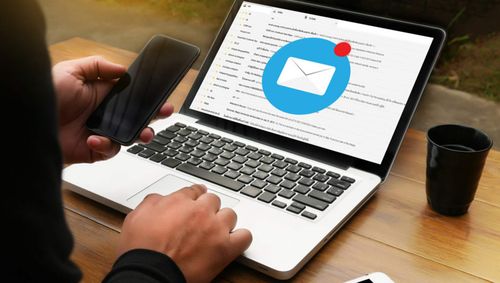Email marketing, in the age of digital communication, remains a powerful and essential tool for businesses seeking to connect with their audience. Building an effective email marketing strategy from scratch, however, can be a daunting task. This guide offers a comprehensive blueprint to help you construct a robust email marketing strategy, ensuring your messages not only reach the inbox but also engage and convert.
1. Establishing Your Email Marketing Goals
The first step in building your email marketing strategy is to define clear, measurable goals. Are you looking to increase brand awareness, drive sales, nurture leads, or retain customers? Setting specific objectives will guide the direction of your email campaigns and help you measure success.
2. Understanding and Segmenting Your Audience
Knowing your audience is crucial. Gather as much data as you can about your subscribers, such as demographics, purchase history, and online behavior. Segmenting your audience based on these attributes allows you to tailor your emails to meet their specific needs and interests, increasing relevance and engagement.
3. Crafting Your Email List
Your email list is the backbone of your email marketing strategy. Focus on building a high-quality list with subscribers who have opted in to receive your emails. Employ tactics like offering valuable resources, running contests, or providing exclusive deals to encourage sign-ups. Remember, a well-curated list is more effective than a large, disengaged one.
4. Designing Captivating Emails
The design and content of your emails play a critical role in their success. Ensure your emails are visually appealing, mobile-friendly, and reflect your brand's style and tone. Craft compelling subject lines to boost open rates, and include clear, actionable calls-to-action (CTAs) to guide subscribers towards your desired action.
5. Personalization and Automation
Incorporate personalization to make your emails more engaging. Use subscriber data to personalize the email content, subject lines, and offers. Utilize email automation tools for sending triggered emails such as welcome messages, birthday greetings, or abandoned cart reminders. Automation ensures timely and relevant communication with your audience.
6. Testing and Optimization
Email marketing requires continual testing and optimization. Experiment with different email elements like subject lines, email copy, design, and send times. Conduct A/B tests to determine what resonates best with your audience and use these insights to refine your strategy.
7. Analyzing Performance Metrics
Track key performance metrics such as open rates, click-through rates, conversion rates, and unsubscribe rates. Analyzing these metrics provides valuable insights into the effectiveness of your email campaigns and highlights areas for improvement.
8. Adhering to Email Marketing Best Practices
Stay updated with email marketing best practices and regulations, including compliance with laws like GDPR and CAN-SPAM. Ensure your emails are ethical, respect subscriber privacy, and provide easy options to unsubscribe.
Conclusion: Crafting a Successful Email Marketing Journey
Building a robust email marketing strategy from scratch is a journey of understanding your audience, creating engaging content, leveraging technology, and continuously learning from your results. By following this blueprint, you can develop a strategy that not only reaches the inbox but also resonates with your audience, driving tangible results for your business.



